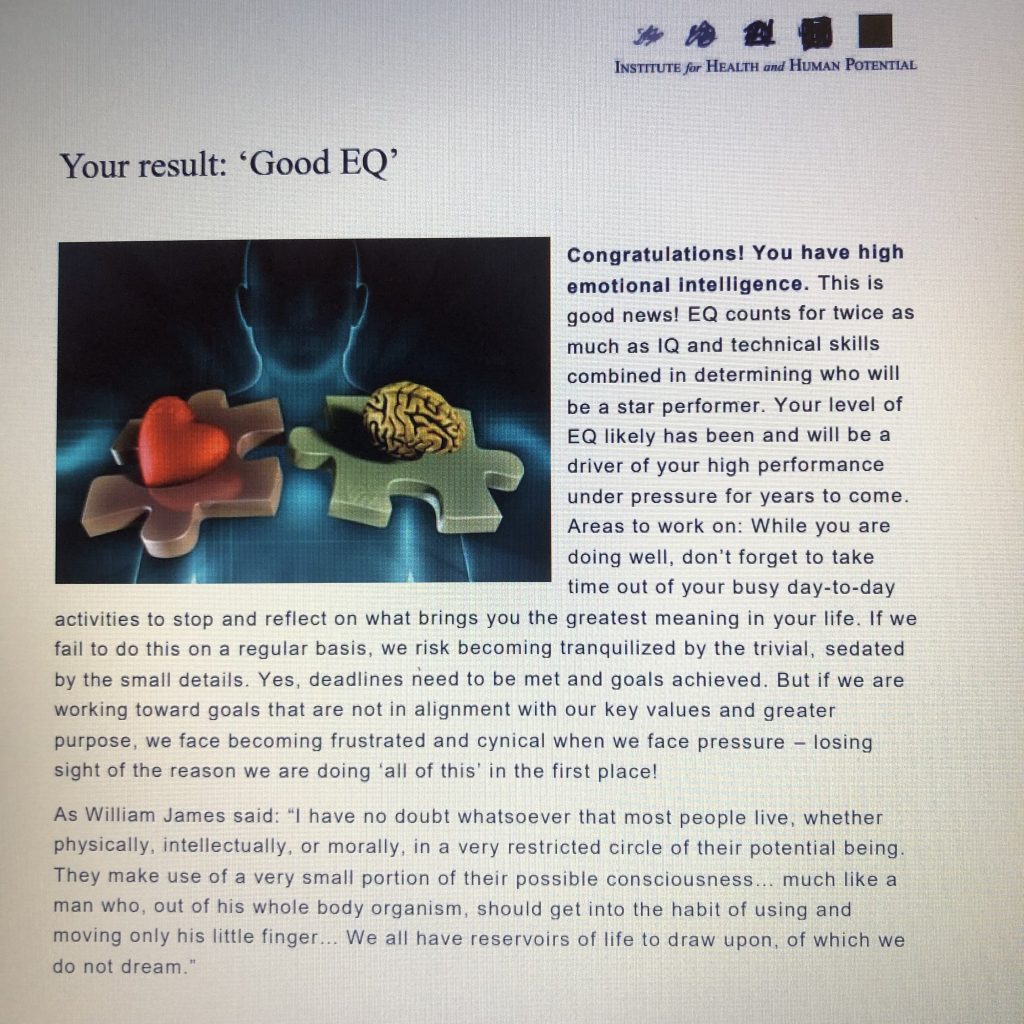In re-reading my first blog post, I’m happy to discover that I’ve been successful for the most part, in meeting my own expectations. As expected, I gained a foundational understanding of social psychology and I’m just a bit more tech-savvy. I remember writing that first blog entry and thinking surely I would be an ePortfolio expert by the end of the course. In reality, I grossly misjudged my ability to learn WordPress quickly. Even with tutors, there is sometimes a generational difference in communicating technical assistance in a way that I understand. Being that digital tools like WordPress are necessary these days, I’m thankful to have increased my knowledge in this area, even if I’m far from having mastered it.
The ways in which my attitude about social psychology has changed, are as follows: I’m more interested in the field and I’ve gotten confirmation that I’d like to learn much more about social psychology. If I took this course over, the only thing I’d do differently is to be at least somewhat proficient at WordPress so that it wouldn’t interfere with my learning of actual social psychology content.
Over this summer semester, my academic progress and growth has been due to a few mistakes that I made. Accidently enrolling in two, six-week courses along with this course which required much more tech-know-how than I possessed, found me really overwhelmed and just hanging on. Although the content of the courses I took this semester (Abnormal Psyc, Intro to Criminal Justice and Social Psyc) were fascinating to me, the ways in which I academically grew ended up being more about general perseverance and determination rather that purely academic. I was forced to let go of my perfectionism in order to simply get work submitted, and even still, I missed many submissions – which makes me cringe. This semester also taught me the importance of paying better attention when picking my courses.
I know that learning how to create digital portfolios like this one will be 100% applicable to my professional life and I look forward to mastering and using this skill!








